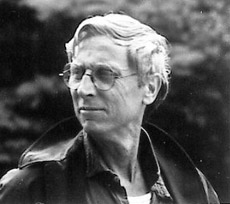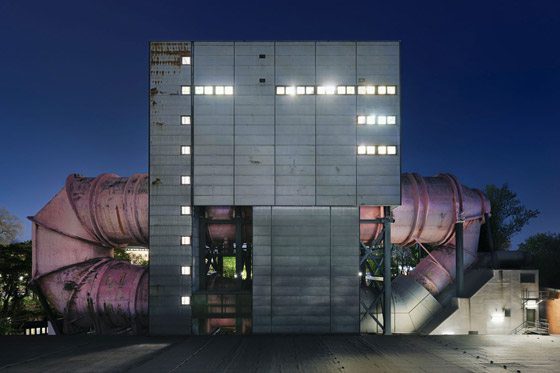
To the death of Ludwig Leo
 |
| photo: Sabine Barth, Bauwelt |
“The Academy of Arts announces that its member, Berlin architect Ludwig Leo, passed away on November 1, 2012, at the age of 88. Ludwig Leo, who was born in 1924 in Rostock, graduated in 1951 in civil engineering from the State Building School in Hamburg and then studied architecture in 1954 at the Academy of Fine Arts in Berlin. Even during his studies, he worked with Hans and Wassili Luckhardt, and after graduation, he established his own office. From 1975 until his retirement, he worked at the Department of Building Design at the Academy of Arts in Berlin. He was a member of the Royal Institute of British Architects (RIBA). In 1973, he was admitted to the Academy of Arts and in 2008 he handed over his archive to the Academy. His architectural work reflects, down to the smallest detail, his struggle for the highest functionality combined with high aesthetic demands. Among his most famous buildings are the headquarters of the German Rescue Association in the Berlin district of Spandau (1973) and the flow channel of the Research Institute of Water Engineering in Charlottenburg (1975), which are among the standouts in the history of Berlin architecture. The Academy will continue its commitment to his legacy and remind the city of Berlin to do the same.”
Klaus Staeck, President of AdK Berlin
More information >
 |
| photo: Wüstenrot Stiftung / Philipp Lohöfener |
The English translation is powered by AI tool. Switch to Czech to view the original text source.
0 comments
add comment











